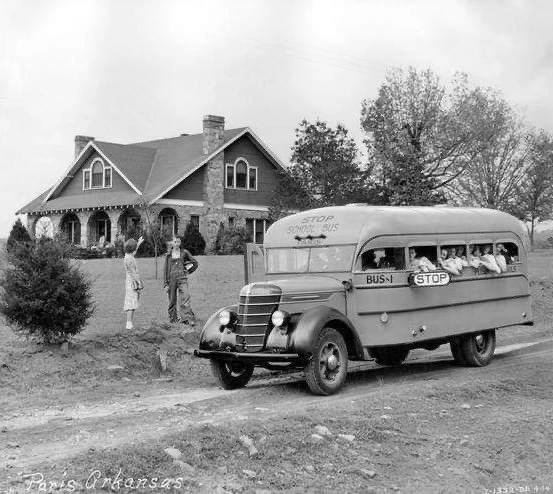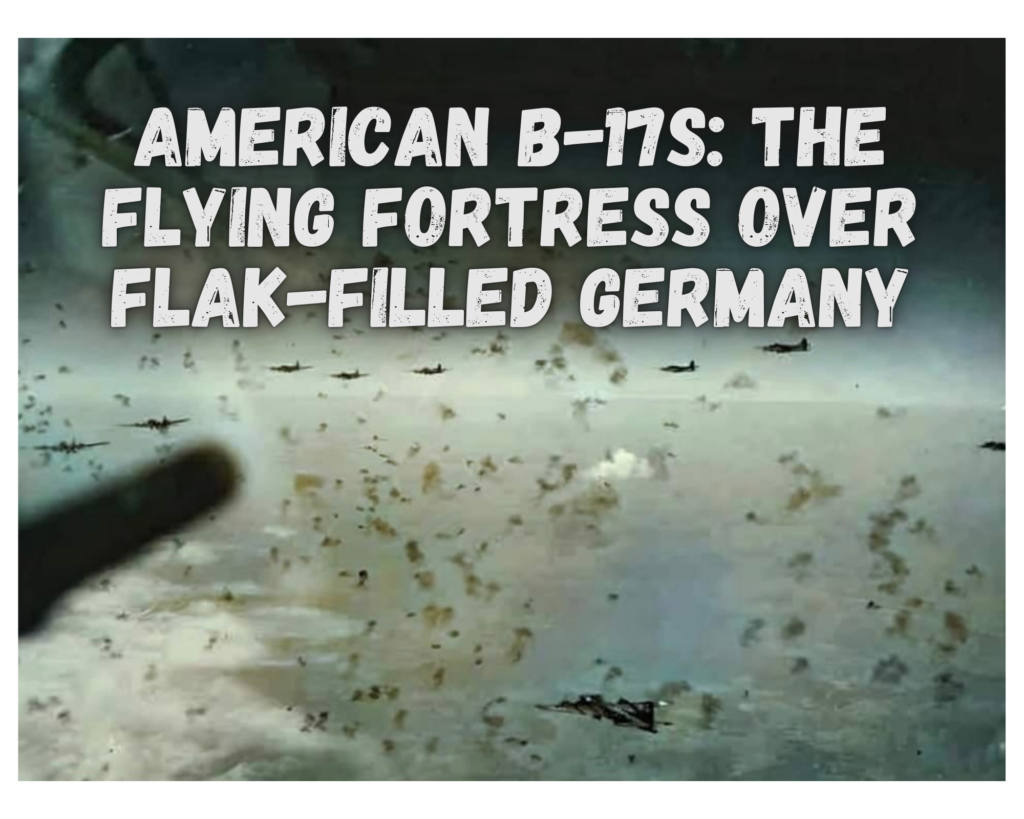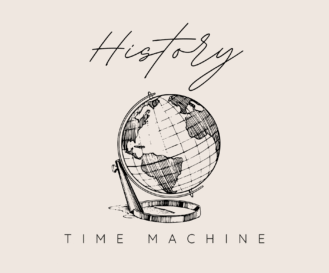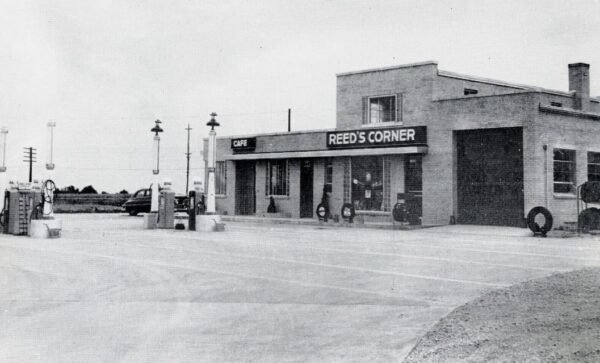
The 1940s, a decade marked by World War II and its aftermath, was also a time of distinct cultural and technological developments. Among these were the school buses that transported children to and from school, a daily routine that was both a necessity and an adventure. The 37-39 D model IH (International Harvester) bus stands out as a symbol of that era, embodying the style and engineering of the time.
The 37-39 D Model IH Bus: A Symbol of Elegance and Durability
The 37-39 D model IH bus was more than just a vehicle; it was a statement of class and reliability. Known for its robust construction and stylish design, it was considered one of the best-looking trucks on the road during the 1940s. Here’s why this bus model was so iconic:
- Design and Aesthetics: The bus featured a design that was ahead of its time, with sleek lines and a sturdy build. Its aesthetic appeal set it apart from other vehicles of the era.
- Durability: Built to last, the 37-39 D model was known for its durability, a crucial feature considering the varied and often rough rural routes it traversed.
- Comfort and Capacity: Designed to accommodate a significant number of passengers, the bus provided a relatively comfortable ride, a vital aspect of daily school transportation.
The Experience of Riding a School Bus in the 1940s
Taking the school bus in the 1940s was a unique experience, vastly different from today’s school commutes. It was a time when community and simplicity were at the heart of daily life. Children often saw the bus ride as an exciting part of their day, a chance to socialize and gaze at the passing landscapes.
The Significance of the School Bus in Rural Communities
In rural areas, the school bus was more than just a mode of transportation; it was a lifeline that connected children from remote areas to educational opportunities. The 37-39 D model IH bus played a crucial role in this, reliably navigating through less developed roads to ensure that every child had access to education.

The House in the Background: A Glimpse into 1940s Architecture
Often overlooked but equally important is the architecture of the 1940s, as seen in the houses that often formed the backdrop to these buses. The architecture of that era reflected a mix of traditional and modern styles, mirroring the transitional nature of the decade.
The 37-39 D model IH school bus is more than just a memory; it’s a testament to the design and engineering of the 1940s. It represents a time of simplicity, community, and resilience. For those who experienced it, the school bus ride was a daily adventure, a journey through a world that was rapidly changing yet still held onto the charms of the past. 🚌🕰️🏫🌄🏡
As an Amazon Associate we earn from qualifying purchases through some links in our articles.




